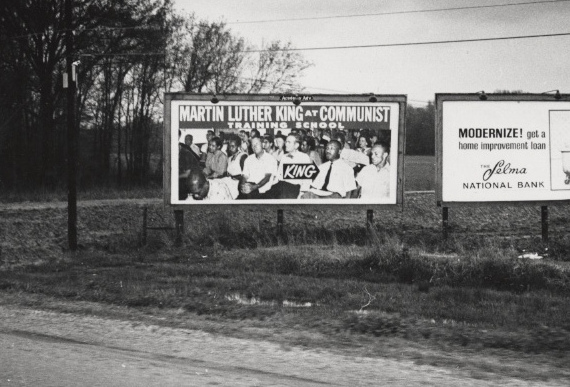by Kazu Haga
“Now, Bernard, the next movement we’re going to have is to institutionalize and internationalize nonviolence.”
It was a comment made almost in passing. Dr. Bernard Lafayette, Jr., then the national coordinator for the Poor People’s Campaign, was walking out of Dr. Martin Luther King, Jr.’s motel room in Memphis, Tenn.
Dr. Lafayette figured this was a conversation that they would finish later, and he walked out of the room and headed to Washington, D.C., to attend a press conference. But the two would never go on to finish that discussion; five hours later, Dr. King was assassinated.
Dr. Lafayette was determined to not let Dr. King’s vision die with him. He took those last words, “institutionalize and internationalize nonviolence,” as what he has since called his “final marching orders” and has been working ever since to accomplish just that.
In the late 1980s, Dr. Lafayette joined forces with David Jehnsen, another activist who was involved in the civil rights movement and was responsible for drafting the first proposal for the U.S. Institute of Peace. Together, they created the Kingian Nonviolence Conflict Reconciliation training curriculum.
Forty-five years after Dr. King spoke about his vision for his next movement, this philosophy has taken root in institutions around the world. In Bella Vista Prison in Colombia, youth are trained in nonviolence by the prison inmates. Tens of thousands of militants in Nigeria are turning in their arms after being trained in nonviolence as part of a government amnesty program. Chicago’s North Lawndale College Prep High School has seen a 90-percent reduction in violence over four years, which began with a 70-percent reduction during the first year it invested in Kingian Nonviolence.
As successful as this program has been in reducing and preventing violence in communities riddled with conflict, it has also found success in social change movements. Most recently, Kingian Nonviolence trainers have offered workshops in this philosophy to Occupy groups around the country.
In many ways, the Occupy movement was, and remains, the perfect place to continue living out Dr. King’s legacy. On the evening before his assassination, while delivering a speech to a packed church in Memphis, he called for people to move their money out of some of the major downtown banks and invest them in local institutions. The last great effort of his life was the Poor People’s Campaign, in which he called on poor people from around the country to gather in Washington, D.C., to create an encampment called “Resurrection City.” Forty-five years later, those very same struggles continue.
Part of the legacy left behind by organizers from the civil-rights era and other nonviolent social movements is the importance of training, which is heavily emphasized in Kingian Nonviolence. Dr. Lafayette was one of the organizers of the Nashville lunch counter sit-ins, along with other noted civil rights leaders like Diane Nash and John Lewis. In the process, many of them received trainings in nonviolence from Rev. James Lawson, and their training lasted a full year before they engaged in direct action. Mohandas Gandhi and his followers lived in their ashram and trained themselves for 15 years before they embarked on the Salt March.
While it may not be realistic to expect everyone involved in a populist movement to have been trained in nonviolence, it is critical that the movement’s leadership has a strong foundation in nonviolent social change. The work of reversing society’s ills and standing up to injustice is not easy, and we need to be willing to invest the time and resources necessary to prepare ourselves just as much as a military prepares its front-line soldiers. Social change and the process of social transformation is not something to be made up on the spot.
Radical social change will not come overnight, and it will not come easily. Our challenge is not a matter of simply getting more bodies out into the streets, but building a real nonviolent army — one that is grounded in the power of agapic love, one that recognizes the importance of long-term strategy, one that understands the role of direct action and can frame issues in a way that speaks to the masses, one that is committed to building democratic decision-making structures within the movement as well as in the larger world and one that is disciplined even in the face of repression. Those characteristics will not appear automatically.
While the initial momentum of the Occupy movement has slowed down for now, many of the relationships that were built in it remain in place. Countless thousands of people were “activated” by Occupy for the first time in their lives. Now is the time for us to be strengthening those relationships and networks, training ourselves so that the next time that moment comes, we are more prepared than ever to take advantage of it and ride the wave toward fundamental change.
If we as a nation are going to continue to use Dr. King’s name and image as a moral compass, then we owe it to him to continue his legacy of struggle. We owe it to him to remind ourselves that he was not only a loving person who wanted everyone to get along, but also a radical who was not afraid of confrontation. We must remind ourselves that he was a man who called for a movement that is “nonviolent, but militant, and as dramatic, as dislocative, as disruptive, as attention-getting as the riots.”
We owe it to him, to ourselves and to our future generations to train ourselves to build such a movement.
Original article on Waging Nonviolence






